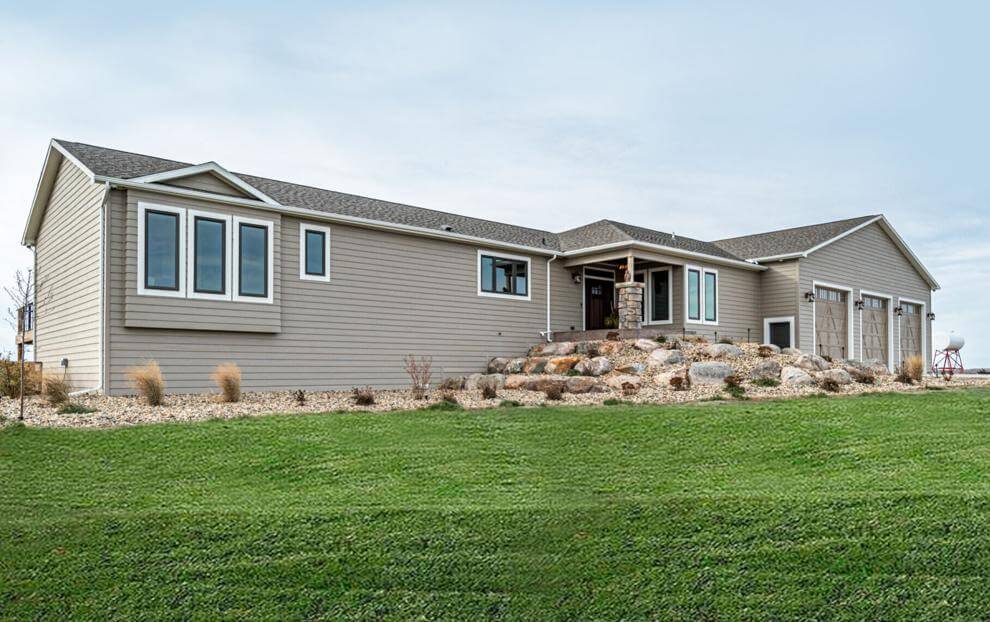It’s no secret that buying a home is one of the most emotional big ticket purchases a family will make in their lifetime.
“This is where holidays and family celebrations will occur, where people will be raising their families, where the grandkids will be spending time,” said Mike Morrow, general manager at BonnaVilla Homes. “So there’s a lot of weight and responsibility that lies on us in that we are providing a good quality home for our buyers — and we don’t take that for granted.”
Established in Aurora, Nebraska, by Chief Industries in 1970, BonnaVilla Homes has been building high-quality modular homes throughout the central and Rocky Mountain western states for thousands of families, many located in rural areas where the affordable housing shortage is most acute. Last year alone, the 170 craftsmen at the company’s 168,000-square-foot manufacturing facility, located on a 30-acre site in Aurora, constructed 250 single-family homes. These properties featured a variety of floor plans, interior and exterior finishes, customized kitchens and bathrooms, and more. Morrow said that at any given time, there are typically 12 to 15 homes being built simultaneously.
“Probably one of the biggest misconceptions consumers have about modular homes is that they are an alternative to a traditional stick-built house,” said Scott Steinfeldt, sales manager for the company. “Homeowners often imagine a single-wide trailer on wheels. But modular just means putting something together with building block sections. Modular homes are built to the same codes and standards as a traditional home, the only difference being that rather than constructed on-site outside in the elements, the homes are built in sections inside a facility and then transported to the construction site.”
Steinfeldt said the resulting homes are high-quality, affordable, readily available and energy efficient. Because nearly 90% of the construction occurs at the facility, and only 10% at the site, the homes are completed faster than a traditional site build, with the cost savings passed on to the customer.
“Homes are one of the few things in our lives most people assume are not typically manufactured or assembled in a factory, but logic would tell you in order to be the most efficient, this is probably the primary way the construction should be done,” Steinfeldt said. “Building a home inside an environment controlled facility results in a more controlled and protected process.”
Morrow attributes the current housing shortage to the 2008 recession when home builders ceased building due to a lack of demand, resulting in an even greater shortage when the pandemic struck and demand skyrocketed.
“The inventory issues have still not caught up to the demand today, especially in rural areas where builders are more hesitant to construct subdivisions due to the increased costs associated with bringing in the necessary supplies,” Morrow said. “And that’s why the modular process works so well in these communities. The builders can simultaneously be pouring foundations while the home sections are being constructed off-site.”
The company’s planned North Platte 51-home subdivision will include a variety of 1,400-square-foot, three-bedroom/two-bath floor plans, complete with garages. Approximately nine spec homes will be constructed as part of the project’s first phase, with the remaining homes to be built as they are sold.
The homes are expected to be on the market by the end of June. From order to completion, the process will take anywhere from six to nine months. For more information on modular homes or to be connected with a BonnaVilla Homes builder, visit bonnavilla.com
Sponsored content by Amy Carpenter-Driscoll, Brand Ave. Studios contributing writer

